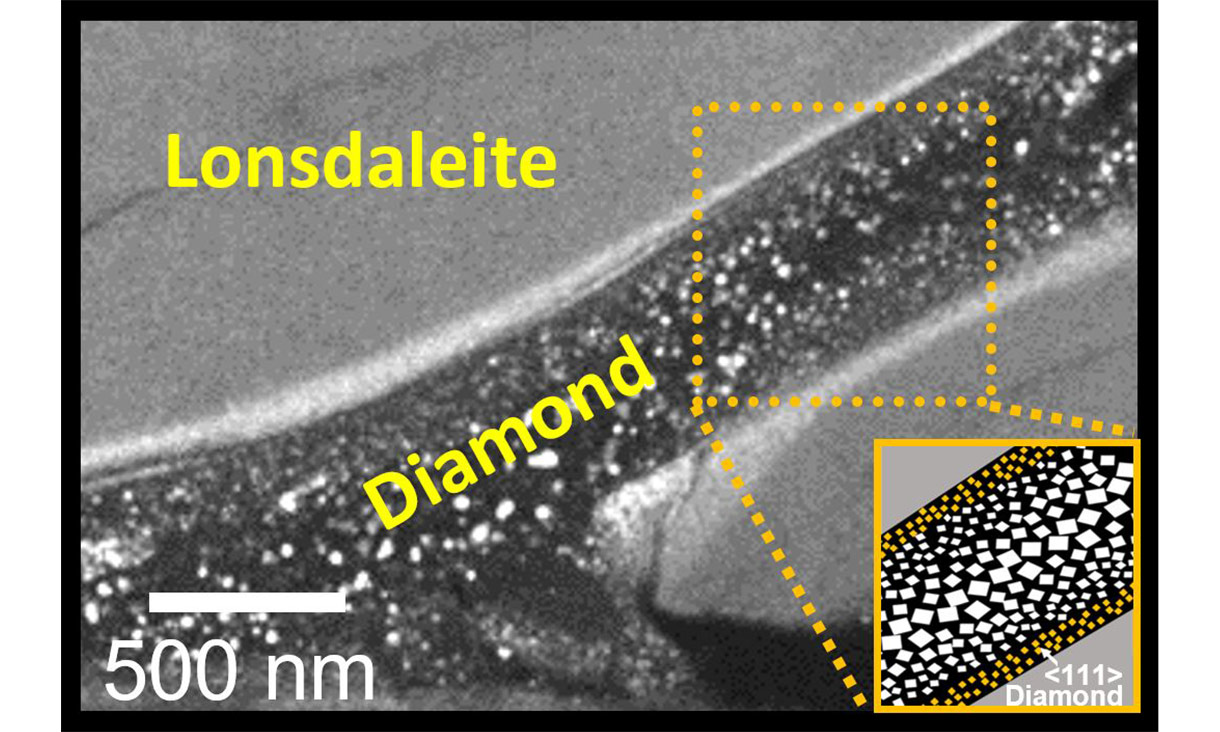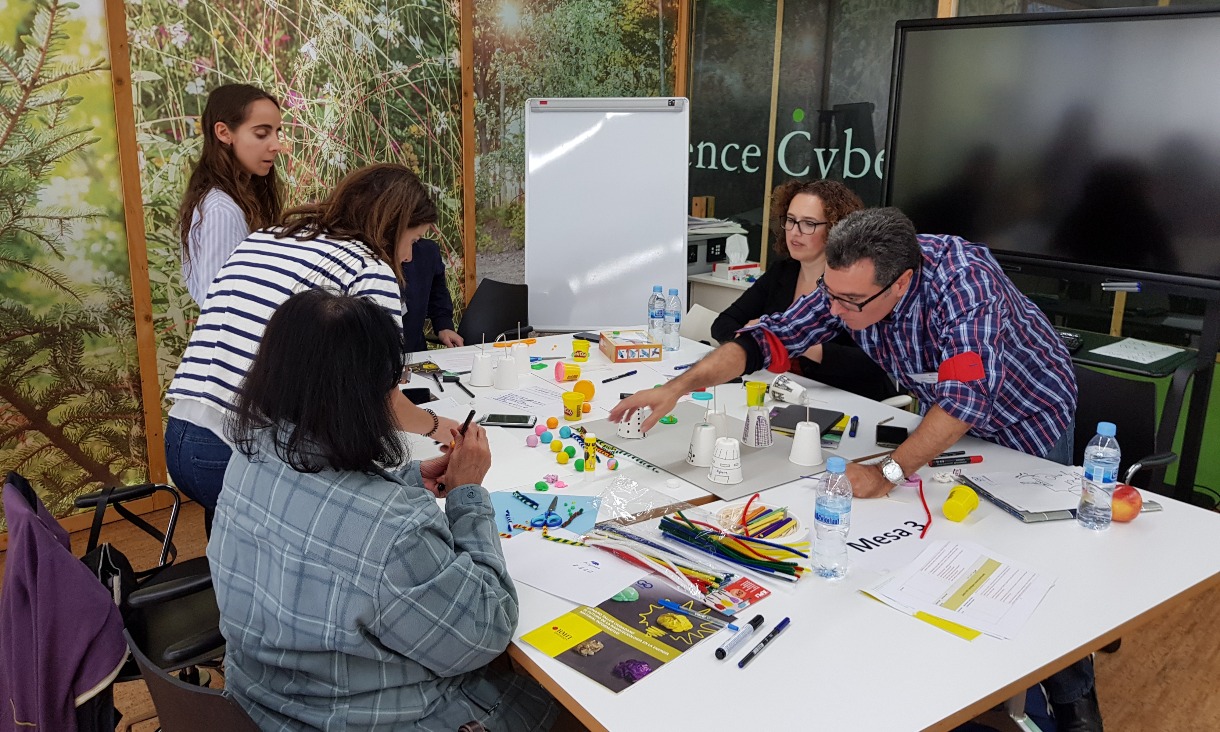Scientists defy nature to make insta-bling at room temperature
An international team has made diamonds in minutes in a laboratory at room temperature – a process that normally takes billions of years, huge amounts of pressure and super-hot temperatures.
RMIT project wins US Navy innovation prize grant
An RMIT-led group has been awarded a share of $1.5 million to develop new diamond-fibre magnetic sensors.
Co-creation puts citizens at the centre of nanotechnology research
Co-creation workshops and online consultations with citizens and stakeholder groups in Europe are putting people at the heart of nanotechnology research, according to RMIT researcher Craig Richmond.
RMIT and Ecole Centrale de Lyon awarded EU funding for global joint PhD program
A prestigious PhD program for nanotechnology research delivered by Ecole Centrale de Lyon in France and RMIT University in Australia has been awarded €1.6M in European funding.




